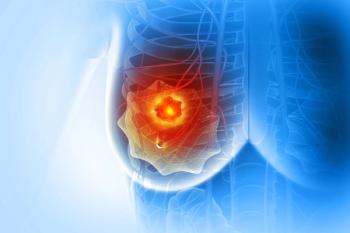
Keys to Success in PGY1 Pharmacy Residency Matching
Pharmacy students who match with a postgraduate year 1 residency program are more likely to be female, have a high grade point average, and receive multiple interview offers.
Pharmacy students who match with a postgraduate year 1 (PGY1) residency program are more likely to be female, have a high grade point average (GPA), and receive multiple interview offers.
A new study published in The American Journal of Pharmaceutical Education determined which personal and professional factors were associated with success in matching.
A survey was sent to 5 pharmacy schools in April 2014 to find out students’ membership and leadership in student organizations, research experience, work experience, postgraduation plans, and demographics, including gender, degrees, and GPA. If students reported that they were pursuing a residency, the survey asked how many applications they submitted, how many interviews they were offered, and whether they matched during the regular or postmatch scramble.
For the 577 students who completed the survey, those who matched tended to have a greater number of interview offers and a higher GPA. In addition, more women than men applied for a residency program, and more women were matched.
The 577 students had the following characteristics:
- The median GPA was 3.5. The students who matched had a higher median GPA of around 3.7.
- Nearly three-quarters had previous work experience. Almost one-quarter had hospital work experience, and around 45% had research experience.
- Around 36% of students applied for residency programs.
- Students who applied for a residency were more likely to have previous work experience and to be a member of a student organization in pharmacy school.
- The majority of students (95.5%) had been offered at least 1 interview for a residency program.
- Individuals who were offered at least half of the interviews at the institutions where they applied were more likely to match. However, the study authors cautioned against students applying to more programs in the hope of increasing their likelihood of matching. Instead, the study authors said this information may be of interest to mentors who guide candidates through the residency process.
- The overall match rate was 77.7% for the study group.
Student organization involvement, research experience, and work experience weren’t linked to match status, but the study authors posited that the reason for this may have to do with the fact that the majority of students had these 3 experiences, so they didn’t help students stand out.
The researchers’ study is timely because the American Society of Health-System Pharmacists and American College of Clinical Pharmacy have suggested that pharmacists complete at least 1 PGY1 residency by 2020. In addition, National Matching Services, Inc, reported that there’s increasing
Thus, the results of the study may provide some guidance on what kind of students are most likely to be matched. The study authors commented that future studies may want to consider the reputation of pharmacy schools and residency programs and how these factors relate to the chances that a student is matched to a residency program.
Newsletter
Stay informed on drug updates, treatment guidelines, and pharmacy practice trends—subscribe to Pharmacy Times for weekly clinical insights.


















































































































































































































